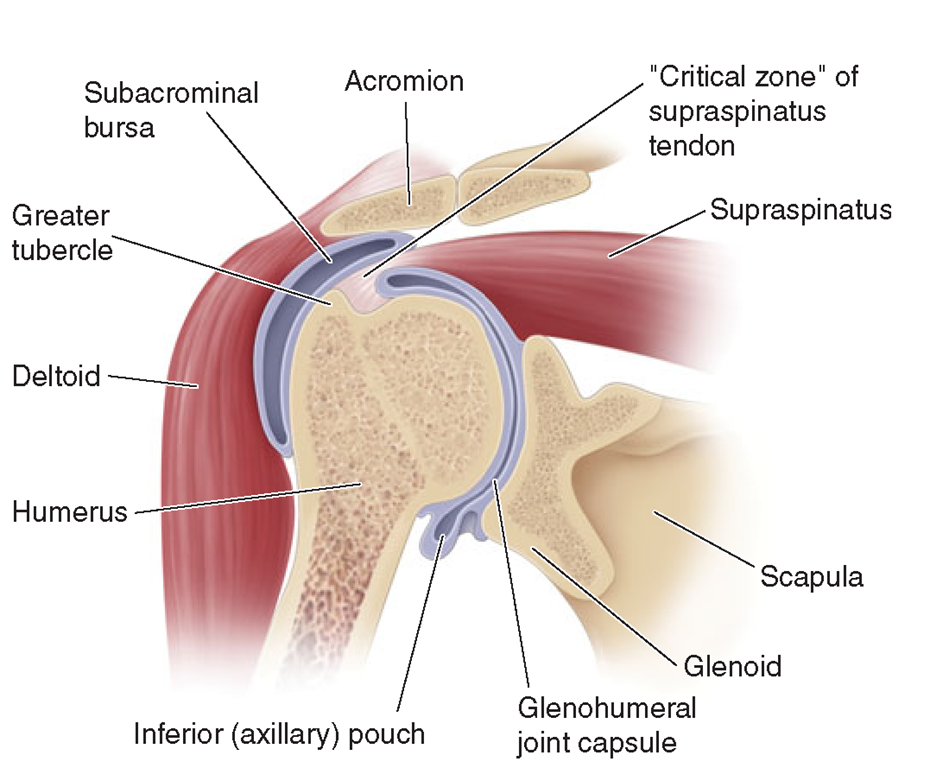A Message from Massage Therapist Rob:
Shoulder Bursitis
Musculoskeletal complaints are one of the most common reasons for primary care office visits, and rotator cuff disorders are the most common source of shoulder pain.
Shoulder bursitis is a condition caused by inflammation of the bursa that separates the superior surface of the supraspinatus tendon from the overlying coraco-acromial ligament, the acromial arch and from the deep surface of the deltoid muscle. The subacromial bursa helps the motion of the supraspinatus tendon of the rotator cuff in activities such as overhead work.
Symptoms of Bursitis
- Pain on the outside of your shoulder.
- Pain may spread down your arm towards the elbow or wrist.
- Pain made worse when lying on your affected shoulder.
- Pain made worse when using your arm above your head.
- Painful arc of movement – shoulder pain felt between 60 – 90° of arm moving up and outwards.
Bursitis Treatment
Inflammation of a bursa is not helped by direct massage. Directly massaging an inflamed bursa will cause more pain.
However, in the case of impingement of the rotator cuff muscles, massage can help with the reduction of tension of these muscles which can result in less pressure on the bursa.
Other options may include pain-relieving medications, cold packs, gentle mobilising exercises and rest. Anti-inflammatory medications or injections of corticosteroids may be used in cases of severe pain. If
- pain-relieving medications
- cold packs
- gentle mobilising exercises and
- rest.
Anti-inflammatory medications or injections of corticosteroids may be used in cases of severe pain.
If infection is present treatment with an appropriate antibiotic is necessary.
If the bursitis was triggered by a particular form of overuse, it is important to avoid that activity, such as a sport.




